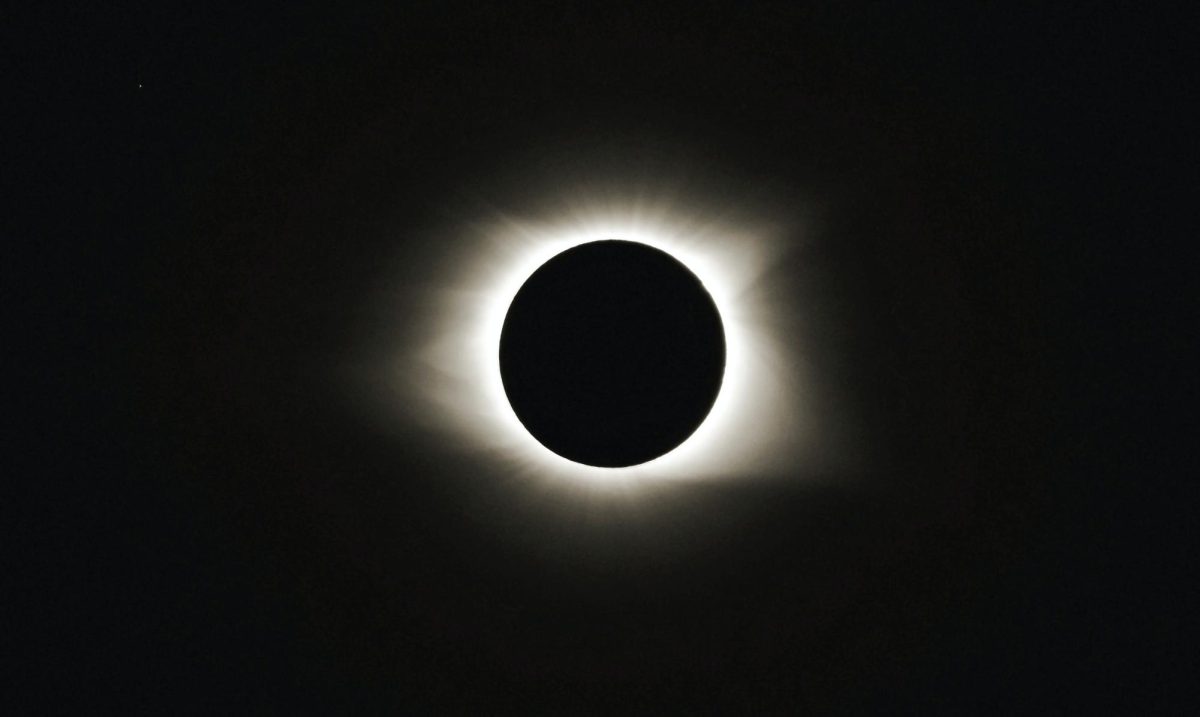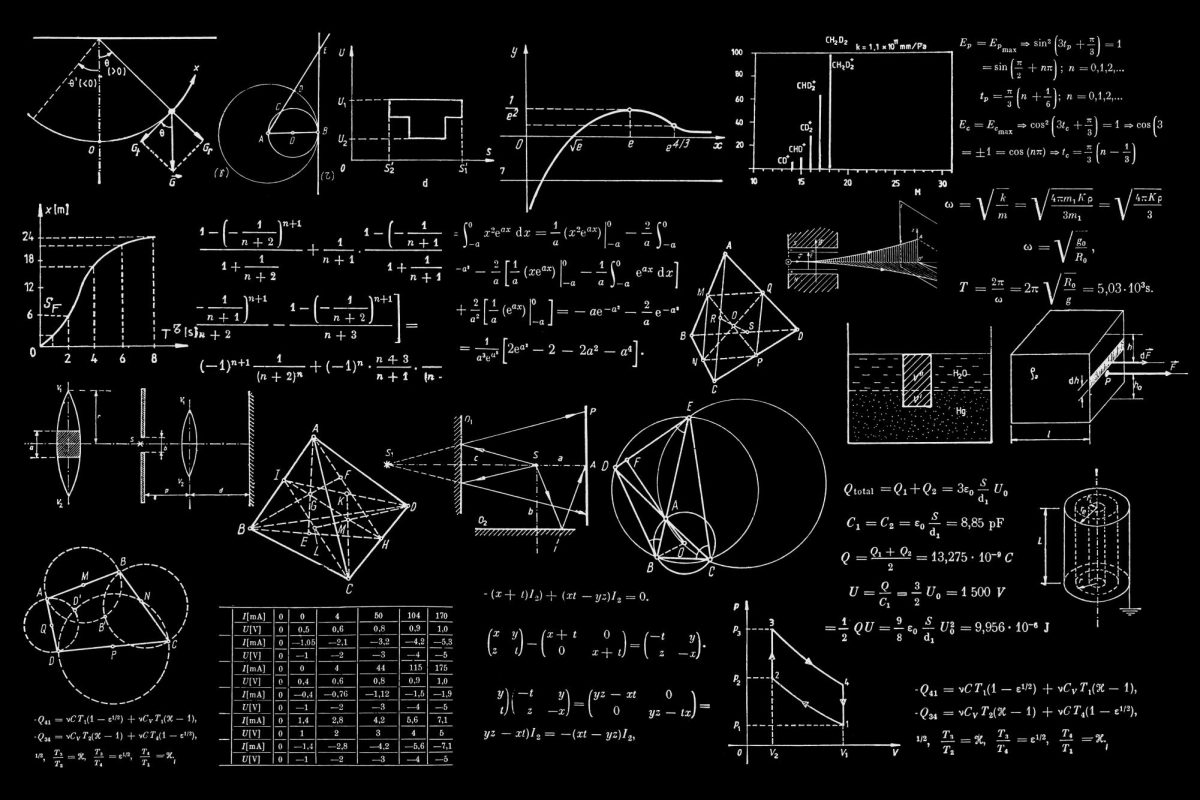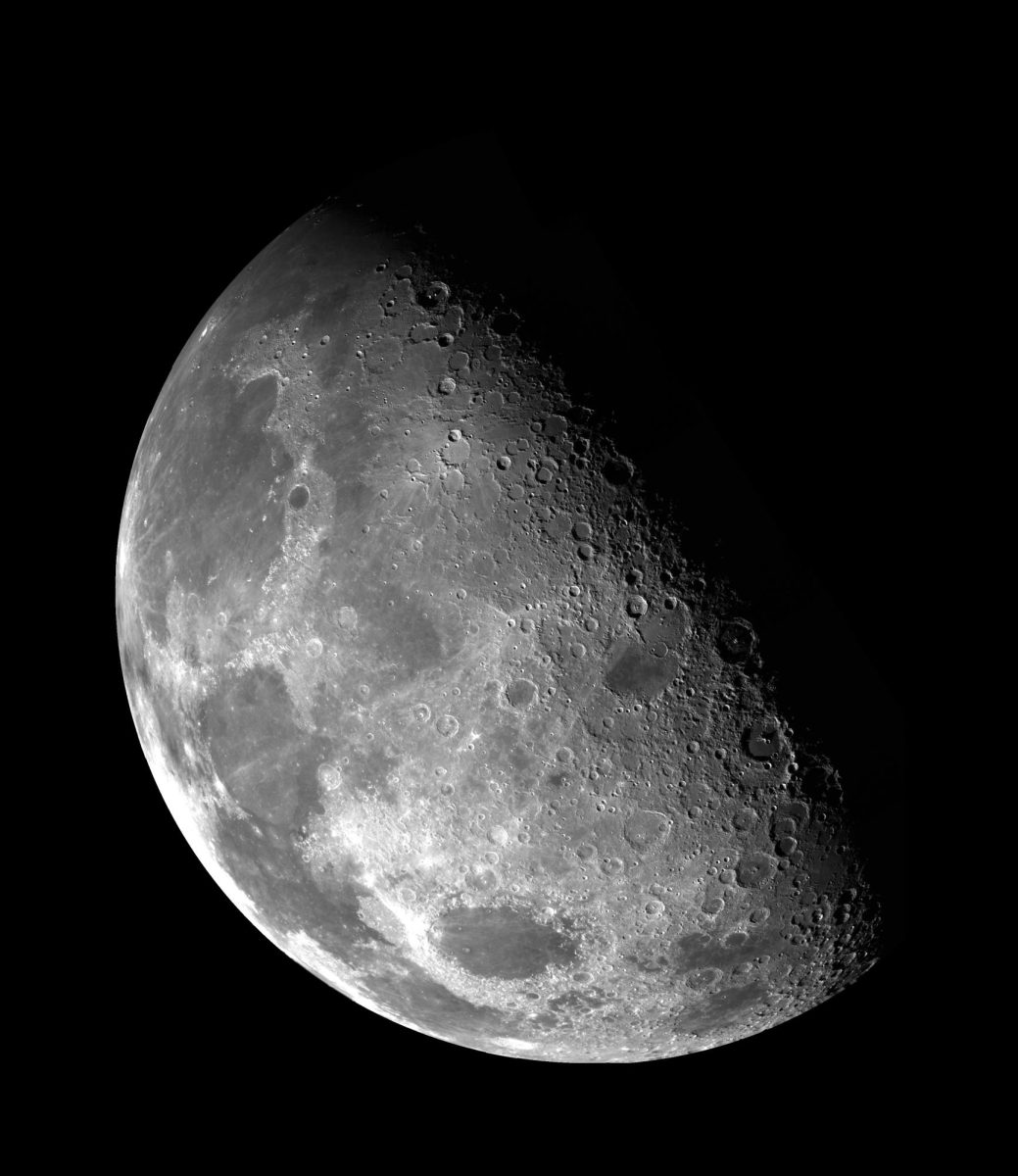On Saturday, October 14th, an annular solar eclipse was visible in regions of North, Central, and South America. This eclipse is predicted to be the last one that will be visible in the US for the next 16 years. The next annular eclipse that Americans can observe is predicted to occur on June 21, 2039 (NASA).
On Long Island, only twenty to thirty percent of the sun was blocked by the moon at its maximum (NASA). Southwestern states such as Oregon, Nevada, Utah, Arizona, New Mexico, and Texas experienced the most visible view of the eclipse.
A solar eclipse occurs when the Sun, Earth, and Moon are almost entirely aligned. The moon passes in between the Sun and Earth when it’s furthest from the Earth. Such an occurrence happens only once or twice a year. The celestial event is sometimes called “The Ring of Fire” due to the circumference of the sun being the only part that isn’t blocked by the relatively smaller moon.
This rare experience derives its name from the Latin word “annulus”, which means ‘little ring’. Therefore an annular eclipse describes the ring-like appearance of sunlight around the moon. This is different from a “total eclipse,” when the moon is the closest distance it can get from Earth and completely obscures the Sun.
Another eclipse that occurs twice a year is a lunar eclipse. This event occurs when the Earth aligns perfectly between the Sun and a full moon. The sunlight then casts Earth’s shadow onto the moon.
Viewing a solar eclipse can be dangerous when proper precaution is not taken. According to NASA, you should never look directly at the sun during an eclipse without eyewear such as solar-lenses. Furthermore, you should not look through a camera, binoculars, or telescope while wearing solar glasses. The magnification from the optical lenses can cause sun rays to burn through and potentially inflicting damage onto your eyes.
Solar eclipses provide both enjoyable entertainment to the everyday individual while also providing an important event for scientists to study in order to gain a fuller understanding of space. According to NASA, past eclipses “helped scientists decipher the Sun’s structure and explosive events, find evidence for the theory of general relativity, and discover a new element, among other things.”
The next eclipse visible in the United States will be a total eclipse on April 8, 2024. Eighty five to ninety percent of the event will be visible on Long Island (NASA). The eclipse will pass through the United States, Mexico, and Canada. Specifically, segments of eleven states in the United States will have a hundred percent view of the eclipse, one such area is a region of upstate New York (NASA).















